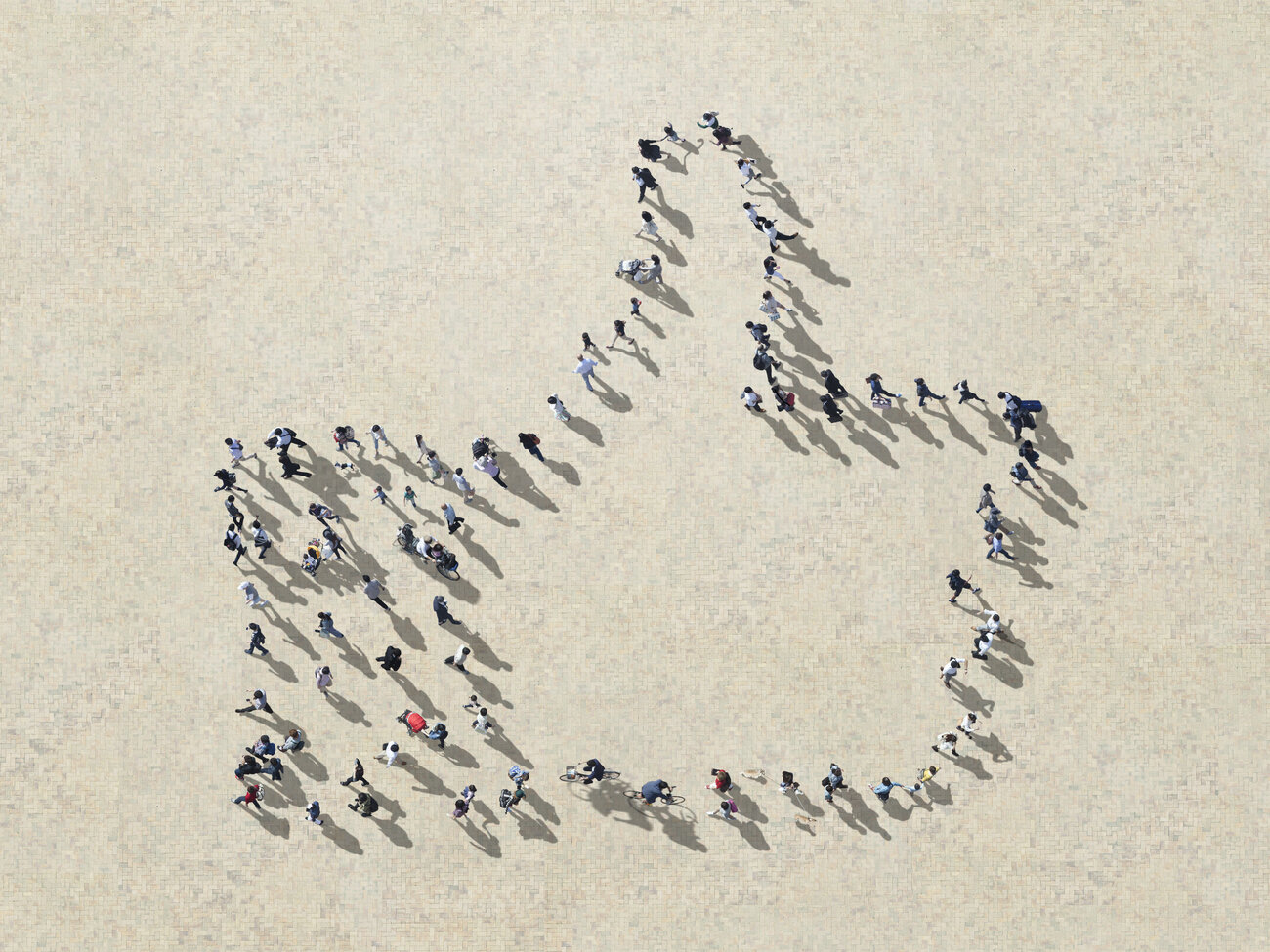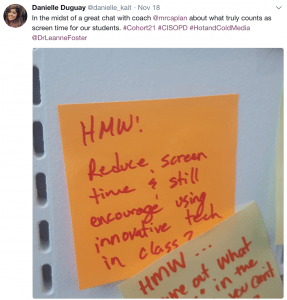On Nov.4th, while attending my first Ottawa EdCamp, I walked into a “Twitter” session and received this advice:
“Follow people that you don’t agree with to get out of your filter bubble.”
Jeffrey Humphries encouraged me to seek out and find opposing points of view to propel my thinking in new directions. Just like you would study an opponent to identify weakness, this concept will allow us to empathize and attempt new solutions based on new perspectives.
What’s a Filter Bubble?

“The Right Stuff”
Finding people on social media who share our views and values towards education is rather simple once the ball gets rolling, but fear the echo chamber effect. People telling us exactly what we want to hear feels good and releases endorphins. We 👍(like), and repost support of our community, promoting ideas to others who are likeminded.
… Want more? Check out this Ted Talk from Eli Pariser
Cohort 21:
Please feel free to comment on this blog or twitter with some fresh perspectives that might not align with my opinions. Help me pop this bubble by replying to some of the ideas below:

I Love Technology
How might we use technology in a more efficient way to reduce screen time and maximize output?
My school is showing Screenagers this week, a documentary about growing up in a digital world. The physician and filmmaker Delaney Ruston learned that the average kid spends 6.5 hours a day looking at screens and this documentary showcases how students view their technology use. I wonder how many hours a teacher spends looking at screens a day? How might we change this narrative to rather look at why we are using screens?
Of the 6.5 hrs. – How much time is used for…
- School Work
- Searching the Web
- Social Media
- Gaming
- Shopping
- Happy/Funny/Restful/Mindless Activity (Youtube Cat Videos, Bored Panda, Reddit, etc.)
The most notable area of interest for me lately is similar to Danielle Duguay’s conversation this week in our 2nd F2F session @Cohort21 When @adamcaplan and @dduguay chatted about appropriate screen time and motivating students to innovate without a constant need for the screen. What are all the ways we can revolutionize our use of technology so that we minimize screen use while maximizing efficiency?
Should we use Google Home in the classroom?
Do we remove technology in some zones of our schools or areas of the home or entirely from some courses/grades?
We need to improve our skills in using the technology we have today, to better prepare us for the challenges we face tomorrow. Screen management isn’t about toggling; it’s about work/life balance, self-awareness and efficiency.
0% Battery = End of Day
I have a little rule for myself, whereby if my computer runs out of battery, then I’ve done enough work for that day. Yes, I start the day with a full charge and I like to think that’s how I approach every school day as well. I try to only charge my MacBook at the end of each workday. I may revisit in the evening for marking or report writing, but I find that my body battery mimics the energy level of my technology.
What’s the Maximum screen time?
What other strategies can we use?
There is always another screen to view, but is there value to variety?

One strategy that I’ve tried is using “Nightmode”: f.lux is a software program that you can download to change your screen light to mimic that of daylight. Warm light is easier on your eyes in the evening. “Exposure to Blue Light can increase heart rate and body temperature and even can disrupt your circadian rhythm“. Try out a Nightmode app on your phone/tablet and get a good night’s sleep by minimizing screen impact and shutting down early.
Dear Cohort21,
Please send me articles or people whom you think I should follow to get me out of my Twitter filter bubble. I’m going rogue and exploring new possibilities. “Yes, and… please ❤️,👍, reply, retweet, repost, follow, snap, tag, ✋… you know what to do.
Thank you,
Lisa

_______________________________
Image Citations: J, Arin. “Bossip Giveaway: Hey LA! Win Tickets To The Premiere Of ‘Central Intelligence’ Starring Dwayne ‘The Rock’ Johnson And Kevin Hart.” Bossip, 2 June 2016, bossip.com/1320346/bossip-giveaway-hey-la-win-tickets-to-the-premiere-of-central-intelligence-starring-dwayne-the-rock-johnson-and-kevin-hart/. Staff, NPR. “The Reason Your Feed Became An Echo Chamber - And What To Do About It.” NPR, NPR, 24 July 2016, https://media.npr.org/assets/img/2016/07/23/gettyimages-520745029_mini-ace7e2329d8ba8f0e744c08704558add515193ed-s1300-c85.jpg. “Uncle Milton Night Hawk UV Night-Vision Goggles.” Groupon, www.groupon.com/deals/gg-uncle-milton-night-hawk-uv-night-vision-goggles-3.


Hey Lisa, I really loved your perspective on this. The computer battery philosophy is good one to help us remember how to find a little extra balance in our days.
I just listened to this piece from the CBC on Smartphones and the brains of young people. There were two people debating how helpful smartphones have been…the pro-smartphone person would be a great one to follow!
http://www.cbc.ca/radio/thesundayedition/the-sunday-edition-november-19-2017-1.4406916/what-are-smartphones-doing-to-young-people-1.4406942
@lbettencourt @ckirsh
I love the idea/concept of filter bubbles and how we must always be on the look out for ways to burst them. These two ted talks sum it up nicely
https://www.ted.com/talks/michael_patrick_lynch_how_to_see_past_your_own_perspective_and_find_truth
https://www.ted.com/playlists/470/how_to_pop_our_filter_bubbles